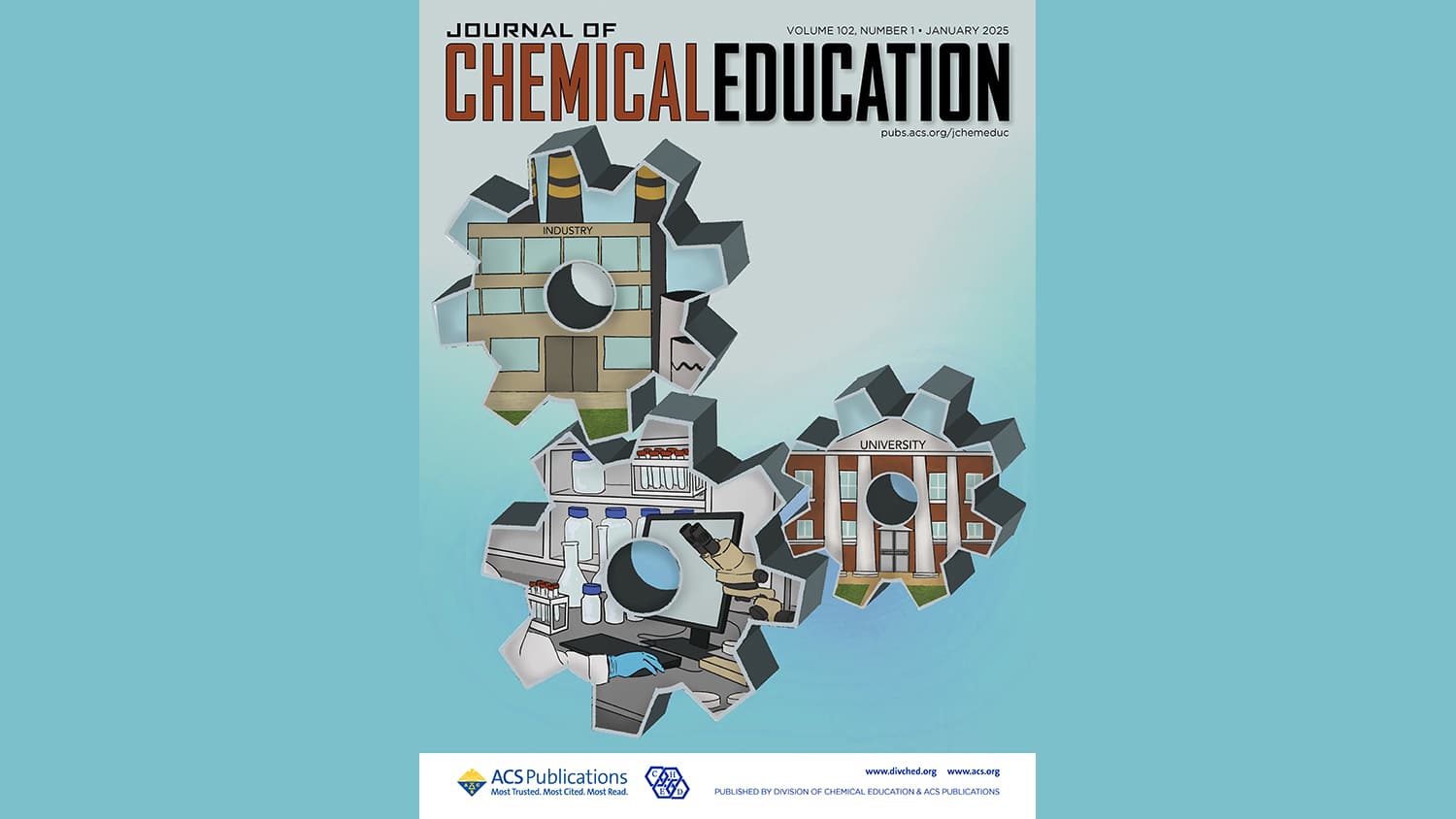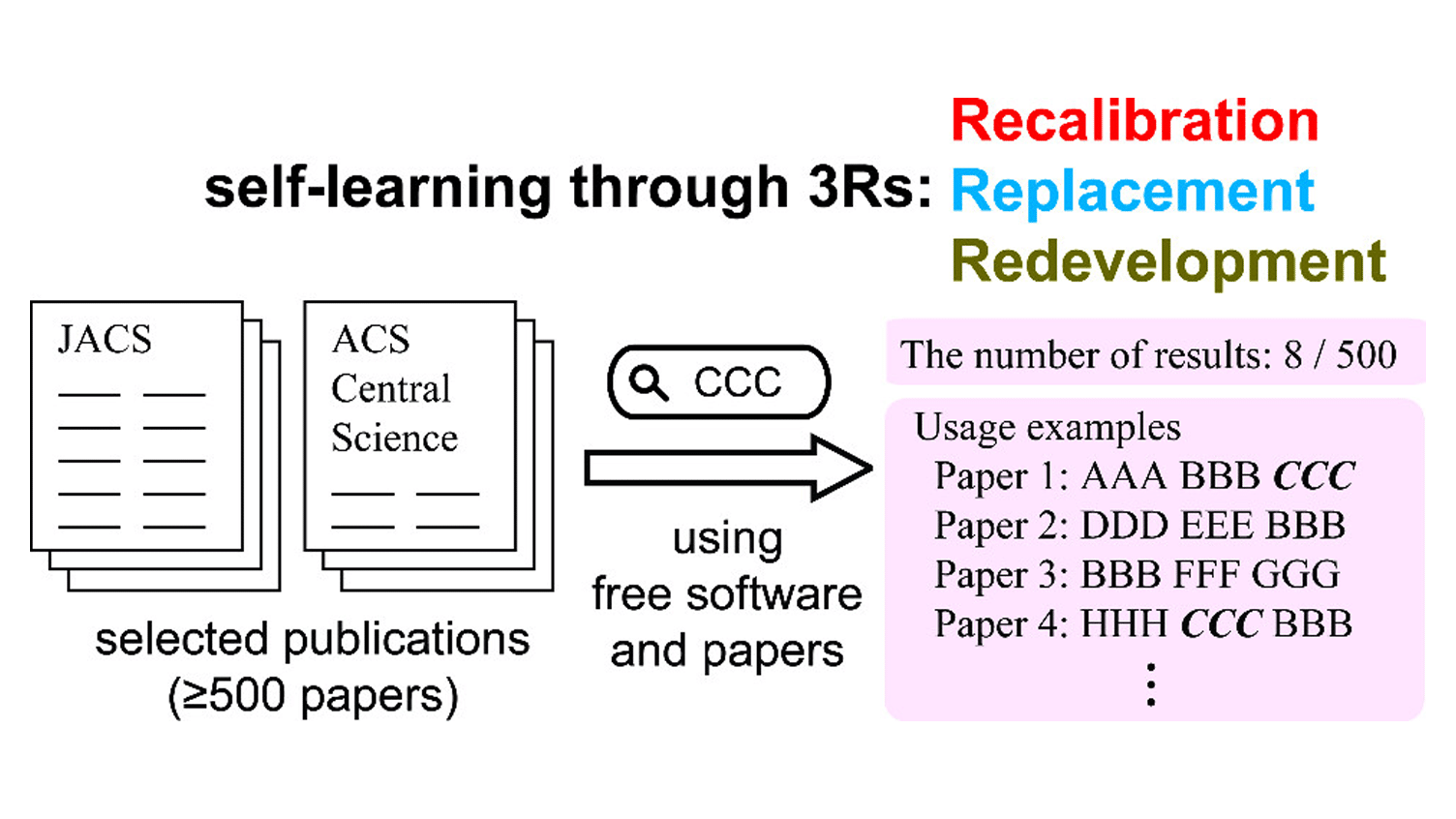Self-Sterilizing Polymer Proves Effective Against Drug-Resistant Pathogens

Researchers from North Carolina State University have found that an elastic polymer possesses broad-spectrum antimicrobial properties, allowing it to kill a range of viruses and drug-resistant bacteria in just minutes – including methicillin-resistant Staphylococcus aureus (MRSA).
“We were exploring a different approach for creating antimicrobial materials when we observed some interesting behavior from this polymer and decided to explore its potential in greater depth,” says Rich Spontak, co-corresponding author of a paper on the work and Distinguished Professor of Chemical and Biomolecular Engineering at NC State. “And what we found is extremely promising as an alternate weapon to existing materials-related approaches in the fight against drug-resistant pathogens. This could be particularly useful in clinical settings – such as hospitals or doctor’s offices – as well as senior-living facilities, where pathogen transmission can have dire consequences.”
The polymer’s antimicrobial properties stem from its unique molecular architecture, which attracts water to a sequence of repeat units that are chemically modified (or functionalized) with sulfonic acid groups.
“When microbes come into contact with the polymer, water on the surface of the microbes interacts with the sulfonic acid functional groups in the polymer – creating an acidic solution that quickly kills the bacteria,” says Reza Ghiladi, an associate professor of chemistry at NC State and co-corresponding author of the paper. “These acidic solutions can be made more or less powerful by controlling the number of sulfonic acid functional groups in the polymer.”
The researchers tested the polymer against six types of bacteria, including three antibiotic-resistant strains: MRSA, vancomycin-resistant Enterococcus faecium, and carbapenem-resistant Acinetobacter baumannii. When 40% or more of the relevant polymer units contain sulfonic acid groups, the polymer killed 99.9999% of each strain of bacteria within five minutes.
The researchers also tested the polymer against three viruses: an analog virus for rabies, a strain of influenza and a strain of human adenovirus.
“The polymer was able to fully destroy the influenza and the rabies analog within five minutes,” says Frank Scholle, an associate professor of biological sciences at NC State and co-author of the paper. “While the polymer with lower concentrations of the sulfonic acid groups had no practical effect against human adenovirus, it could destroy 99.997% of that virus at higher sulfonic acid levels.”
One concern of the researchers was that the polymer’s antimicrobial effect could progressively worsen over time, as sulfonic acid groups were neutralized when they interacted with positively charged ions (cations) in water. However, they found that the polymer could be fully “recharged” by exposing it to an acid solution.
“In laboratory settings, you could do this by dipping the polymer into a strong acid,” Ghiladi says. “But in other settings – such as a hospital room – you could simply spray the polymer surface with vinegar.”
This “recharging” process works because every time one of the negatively charged sulfonic acid groups combines with a cation in water – which can happen when the polymer comes into contact with microbes – the sulfonic acid group becomes electrically neutral. That makes the acid group ineffective against microbes. But when the neutralized polymer is subjected to acid, those functional groups can exchange bound cations with protons from the acid, making the sulfonic acid groups active again – and ready to kill microbial pathogens.
“The work we’ve done here highlights a promising new approach to creating antimicrobial surfaces for use in the fight against drug-resistant pathogens – and hospital-acquired infections in particular,” Ghiladi says.
“Functional block polymers like this are highly versatile – usable as water-treatment media, soft actuators, solar cells and gas-separation membranes – and environmentally benign since they can be readily recycled and re-used,” Spontak adds. “These features make them particularly attractive for widespread use.
“And this work focused on only one polymer series manufactured by Kraton Polymers,” Spontak says. “We are very eager to see how we can further modify this and other polymers to retain such effective and fast-acting antimicrobial properties while improving other attributes that would be attractive for other applications.”
The paper, “Inherently self-sterilizing charged multiblock polymers that kill drug-resistant microbes in minutes,” appears in the journal Materials Horizons. First author of the paper is Bharadwaja S. T. Peddinti, a Ph.D. student at NC State. The paper was co-authored by Mariana Vargas, an undergraduate at NC State; and Steven Smith of The Procter & Gamble Company.
The work was supported by The Nonwovens Institute at NC State. The researchers also received imaging assistance from the NC State Cellular and Molecular Imaging Facility, which is supported by the National Science Foundation under grant number DBI-1624613.
-shipman-
Note to Editors: The study abstract follows.
“Inherently self-sterilizing charged multiblock polymers that kill drug-resistant microbes in minutes”
Authors: Bharadwaja S. T. Peddinti, Frank Scholle, Mariana G. Vargas, Reza A. Ghiladi and Richard J. Spontak, North Carolina State University; and Steven D. Smith, The Procter & Gamble Company
Published: July 17, Materials Horizons
DOI: 10.1039/C9MH00726A
Abstract: Drug-resistant microbes loom as a growing threat to global healthcare by greatly increasing the risk of hospital-acquired infections that could ultimately become fatal, especially for elderly, injured and immune-compromised patients. As a consequence, several materials-related antimicrobial strategies have been developed to mitigate this ubiquitous concern, resulting in different levels of success and, in some cases, introducing deleterious complications to environmental safety. Here, we demonstrate that charged multiblock polymers wherein the midblock is selectively sulfonated, and therefore hydrophilic and water-swellable, inherently provide self-sterilizing surfaces that rapidly act (killing more than 99.9999% in just 5 min) against a wide range of Gram-positive and -negative bacteria, three of which are antibiotic-resistant. This surprising response, which depends on the degree of midblock sulfonation, is attributed to a dramatic reduction in surface pH level that is remarkably effective against microbes with a typically anionic outer membrane. These polymers, suitable for use in biomedical applications, smart textiles, separation membranes, commodity fixtures, and food packaging, are equally effective against infectious virus strains. Although the antimicrobial efficacy of these polymers is progressively diminished through complexation of sulfonic acid groups with cationic species during cyclic exposure to electrolyte solutions, these thermoplastic elastomers can be fully rejuvenated to their maximum performance level by relatively short immersion in acidic solutions. As a highly promising addition and alternative design paradigm to the expanding arsenal of antimicrobial materials, these midblock-sulfonated multiblock polymers constitute a facile, inexpensive, comprehensive, and environmentally-benign preventative route by which to combat the worldwide proliferation of drug-resistant microbes.
This post was originally published in NC State News.


